Fruit, Vegetable and Ornamental Production
-
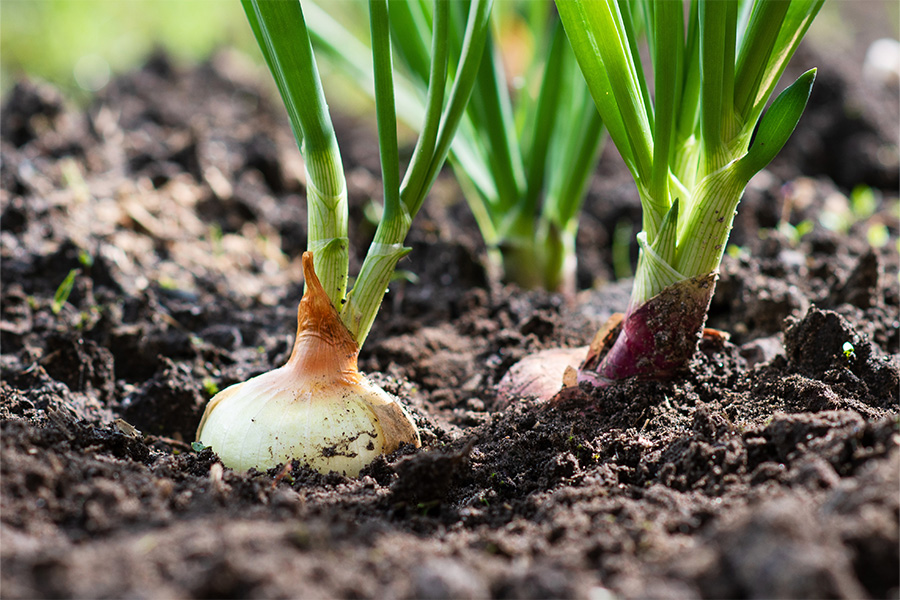
Bacterial diseases are among the major production and economic challenges that onion growers face in Georgia. There are six bacterial diseases that commonly affect onion foliage and bulbs in the state. These diseases are difficult to manage and rely mainly on cultural practices and the use of protective bactericides. Host resistance is limited with little information on pathogen biology and the infection process. This bulletin provides a comprehensive outlook on specific symptoms associated with bacterial diseases, modes of infection and spread, and potential management options.
Bhabesh Dutta
|
-

Aflatoxin is a naturally occurring toxin produced by the fungus Aspergillus flavus. The fungus can be recognized by a gray-green or yellow-green mold growing on corn kernels in the field or in storage. Plant stress due to drought, heat or insect damage during fungus growth usually increases aflatoxin levels. Aflatoxin contamination will reduce feeding value and hinder sales. Because it is extremely poisonous to warm-blooded animals even at relatively low levels, grain handling facilities often check for the presence of the toxin before purchasing corn.
John Worley
|
-
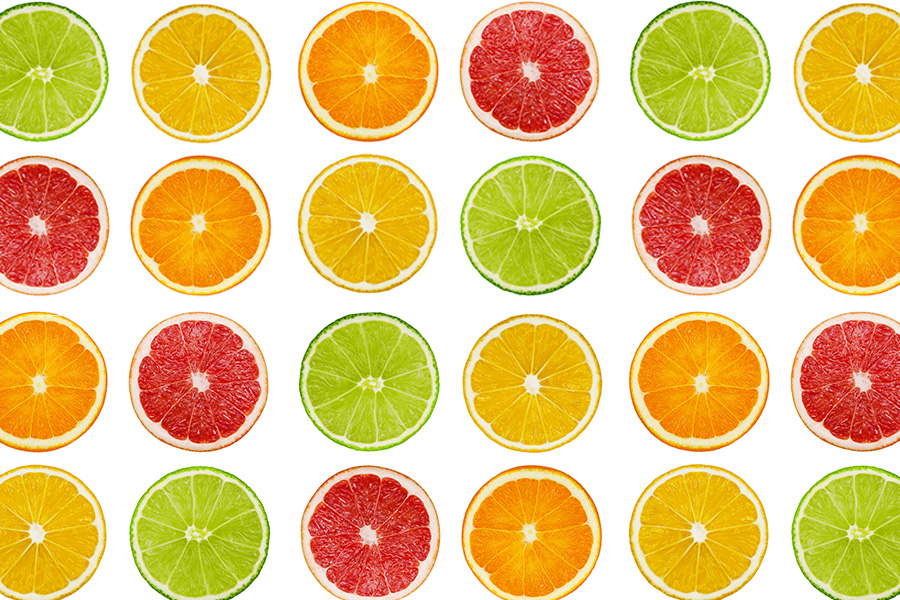
Dooryard citrus has been grown in Georgia for decades, but growing citrus commercially is new to Georgia growers. This publication addresses problem prevention, maintenance, insects, diseases, and some physiological issues of concern in Georgia. The time of year to address maintenance, insects, disease, and physiological issues is projected. Many of the production practices in Georgia are similar to those in Florida, but some, such as timing of fertility, are different. Many of the known insects and diseases of citrus have been confirmed in Georgia while others are yet to be confirmed. As new citrus trees and varieties are brought in from citrus nurseries in Georgia and other states, more production issues will arise. Many issues covered in this publication may not be present in all commercial groves, and other issues will certainly arise. Many citrus management problems can be prevented by proper planting techniques and by selecting the best citrus varieties and rootstocks adapted to our location. Planting healthy, disease-free citrus trees in appropriate sites with adequate windbreaks and irrigation may prevent future issues and limit the need for many pesticide applications.
Jacob Price
|
-
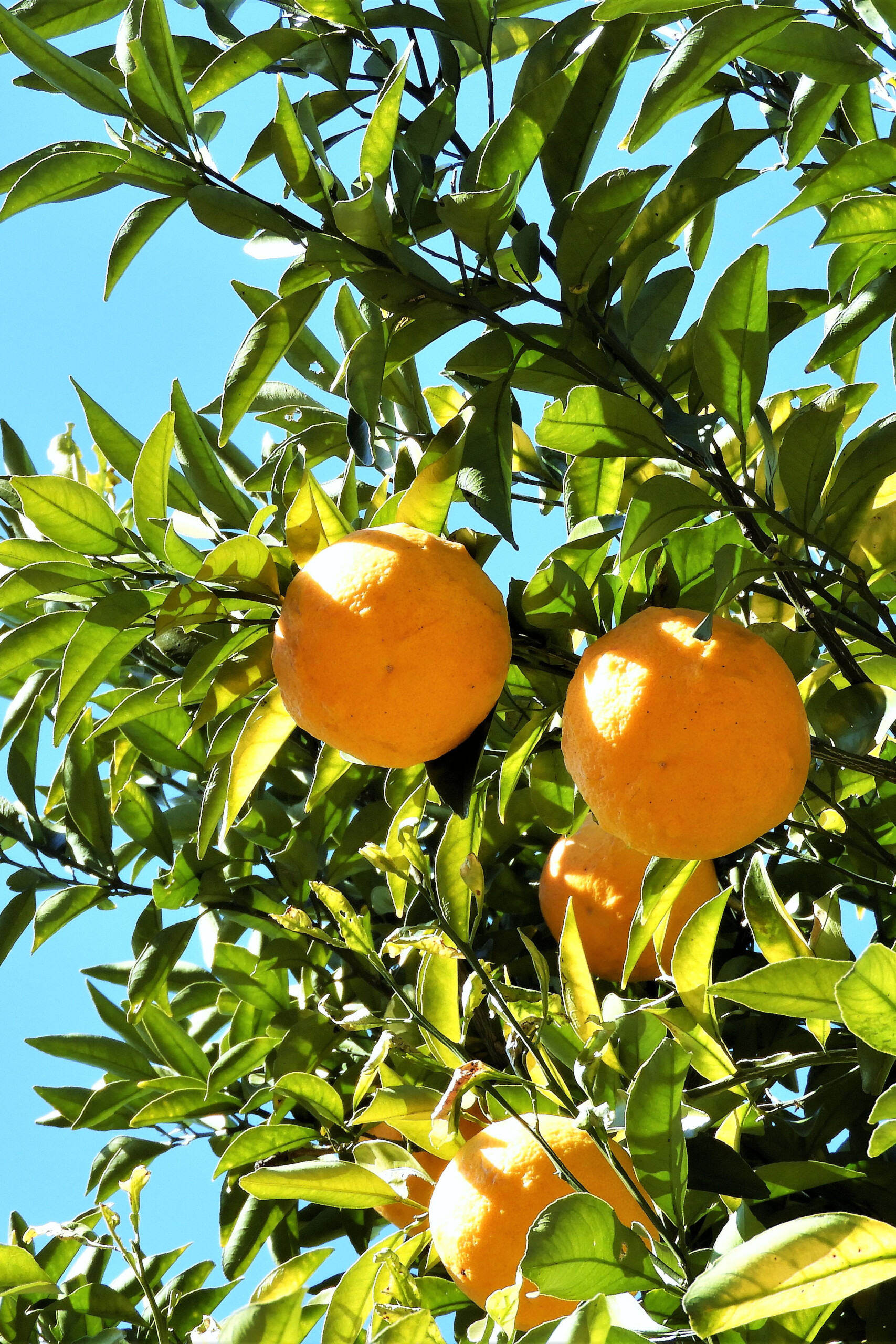
One of the most common questions regarding citrus is how much cold weather they can withstand before they are killed. Most citrus growers are looking for a specific low temperature, but there is no simple answer to this question because there are so many factors involved in citrus cold hardiness. This publication details research and information on the relative cold hardiness of different citrus varieties in Georgia documented from the 2022 December freeze, which saw unseasonably low temperatures. It is important to document the impact of a freeze such as this one on citrus varieties as they are a long-term investment and should be chosen carefully. Additional authors include: Danielle Williams, Mark Frye, Derrick Bown, Jason Edenfield, Justin Shealey, Ben Reeves, Holly Anderson, Tucker Price, Braxton Crews, and Kim Post.
Jacob Price, Brian Hayes, Aubrey Shirley, Sydni Ingram, and Jackson Cloud
|
-

Autora adicional: Natalia Espinoza, Department of Crop and Soil Sciences. Esta circular cubre los principios básicos de cosecha, manipulación y almacenamiento en frío poscosecha de arándanos para el mercado fresco para garantizar la mayor vida útil y calidad posibles y, al mismo tiempo, minimizar las pérdidas poscosecha. Los arándanos se cosechan en Georgia desde finales de abril hasta finales de junio. Las variedades de arbusto alto del sur se cosechan temprano en la temporada, mientras que los ojos de conejo maduran hacia el final de la temporada. Es importante recordar que la calidad de las bayas está ligada tanto al precio como a la aceptación del consumidor, por lo que brindarles fruta de buena calidad es clave para el éxito de su operación. Es posible la recolección mecánica, especialmente para variedades resistentes a los magulladuras; Los costos de recolección manual son un gasto importante en las operaciones de arándanos. Aunque las cosechadoras mecánicas requieren una cantidad significativa de capital, la inversión es rentable a largo plazo para la mayoría de los productores. Es importante tener en cuenta que no todas las variedades de arándanos son aptas para la cosecha mecánica. En Georgia, la mayoría de las variedades de ojo de conejo se cosechan a máquina, especialmente para el mercado procesado. Los arándanos son un producto altamente perecedero y su vida útil a menudo está limitada por altas tasas de respiración, ablandamiento, pérdida de agua, pérdida de sabor, daños mecánicos y descomposición. Por ello, reducir la temperatura de la fruta nada más ser cosechada es crucial. [This publication is the Spanish-language version of C 1269, Blueberry Harvesting and Postharvest Handling]
Angelos Deltsidis and Zilfina Rubio Ames
|
-
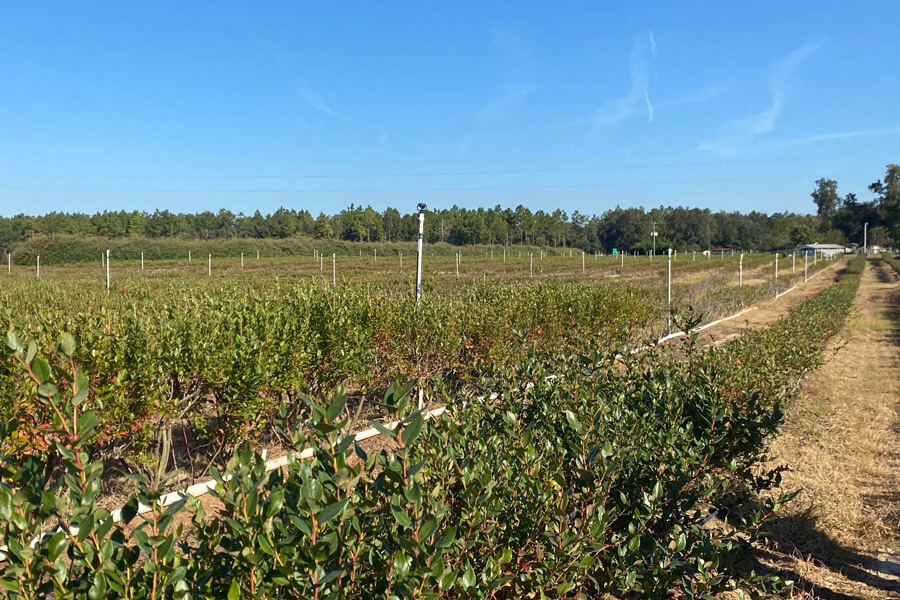
C 1267-SP
Pre-Establecimiento de Arándanos
Autora adicional: Natalia Espinoza, Department of Crop and Soil Sciences. Esta publicación cubre las consideraciones que los productores deben tener en cuenta al elegir un sitio para plantar arándanos. Describe las características del suelo que se necesitan para cultivar y producir arándanos, cómo identificar un buen suelo, su drenaje y cómo cultivos anteriores podrían afectar la productividad de los arándanos.
[This publication is the Spanish-language version of C 1267, Blueberry Pre-Establishment, and covers the considerations producers need to have in mind when choosing a site to plant blueberry. It describes the soil characteristics that are needed to grow and produce blueberry, how to identify good soil, soil drainage, and how prior crops could affect blueberry productivity.]
Zilfina Rubio Ames
|
-
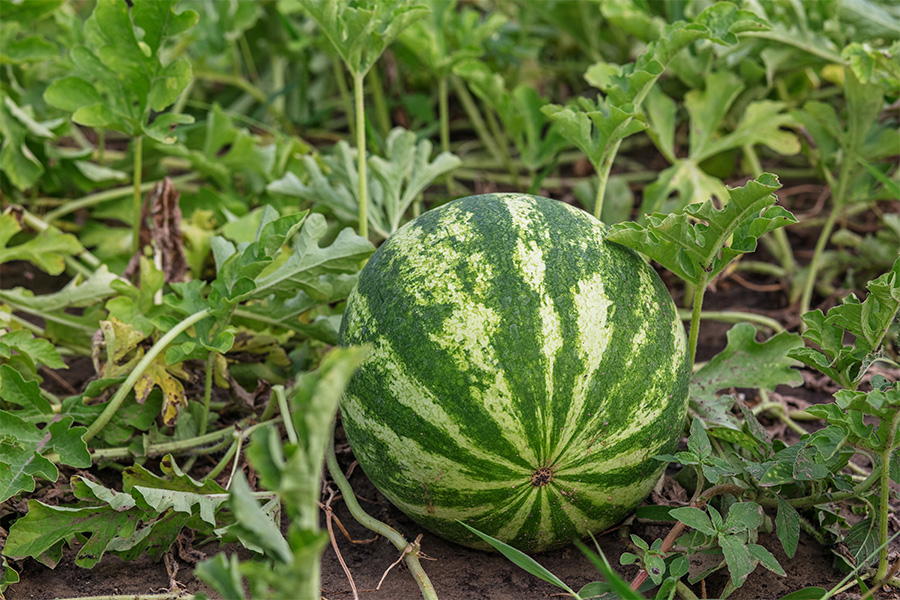
Watermelon production faces many challenges in Georgia. The warm, humid climate favors numerous foliar diseases. Because of the long history of watermelon production in Georgia, soilborne diseases such as Fusarium wilt also present challenges to growers. This bulletin will provide background on disease symptoms, pathogen survival and infection, pathogenic races, and management.
Tim Coolong and Bhabesh Dutta
|
-

El tomate es una de las hortalizas más populares que se cultivan en el huerto familiar. Si bien las plantas de tomate pueden producir una gran cantidad de frutas saludables y deliciosas, su cultivo puede resultar frustrante. Además de las enfermedades e insectos más comunes que atacan a los tomates en el huerto, también pueden ocurrir varios padecimientos asociados con las labores culturales. Es importante el reconocer esas afecciones fisiológicas rápidamente para poder prevenirlas y así obtener frutos sanos. Title in English: Troubleshooting Cultural Problems in Tomatoes.
This publication is intended for general use audiences, including homeowners, civic groups, and master gardeners. It covers the basic troubleshooting procedures for solving common problems while growing tomatoes. It includes a description of both cultural and physiological problems and solutions.Robert Westerfield and Alejandra Jimenez Madrid
|
-

Autor adicional: Michael Ulyshen, entomólogo investigador, Servicio Forestal de EE. UU. Esta guía muestra las abejas silvestres más comunes de las
plantaciones de arándanos en el sur de Georgia. El material
presentado aquí es un resumen visual del muestreo de 2021
y 2022 en campos comerciales de arándanos de los condados
productores más importantes: Bacon, Pierce y Ware. En total, se
encontraron más de 70 especies de abejas. La contribución de las abejas silvestres a la polinización de los arándanos es cada vez más reconocida. La identificación adecuada de estos insectos en el campo es una parte fundamental de los esfuerzos de conservación. (English: This guide shows common wild bees found in commercial
blueberry fields in southern Georgia, based on sampling in the
2021–2022 seasons in three major producing counties: Bacon,
Pierce, and Ware. In total, more than 70 bee species were found. The contribution of wild bees to blueberry pollination has is becoming widely recognized. Proper identification of these insects in the field is critical part of conservation efforts.)Svoboda Pennisi, Jason Schmidt, and Sarah Rezende
|